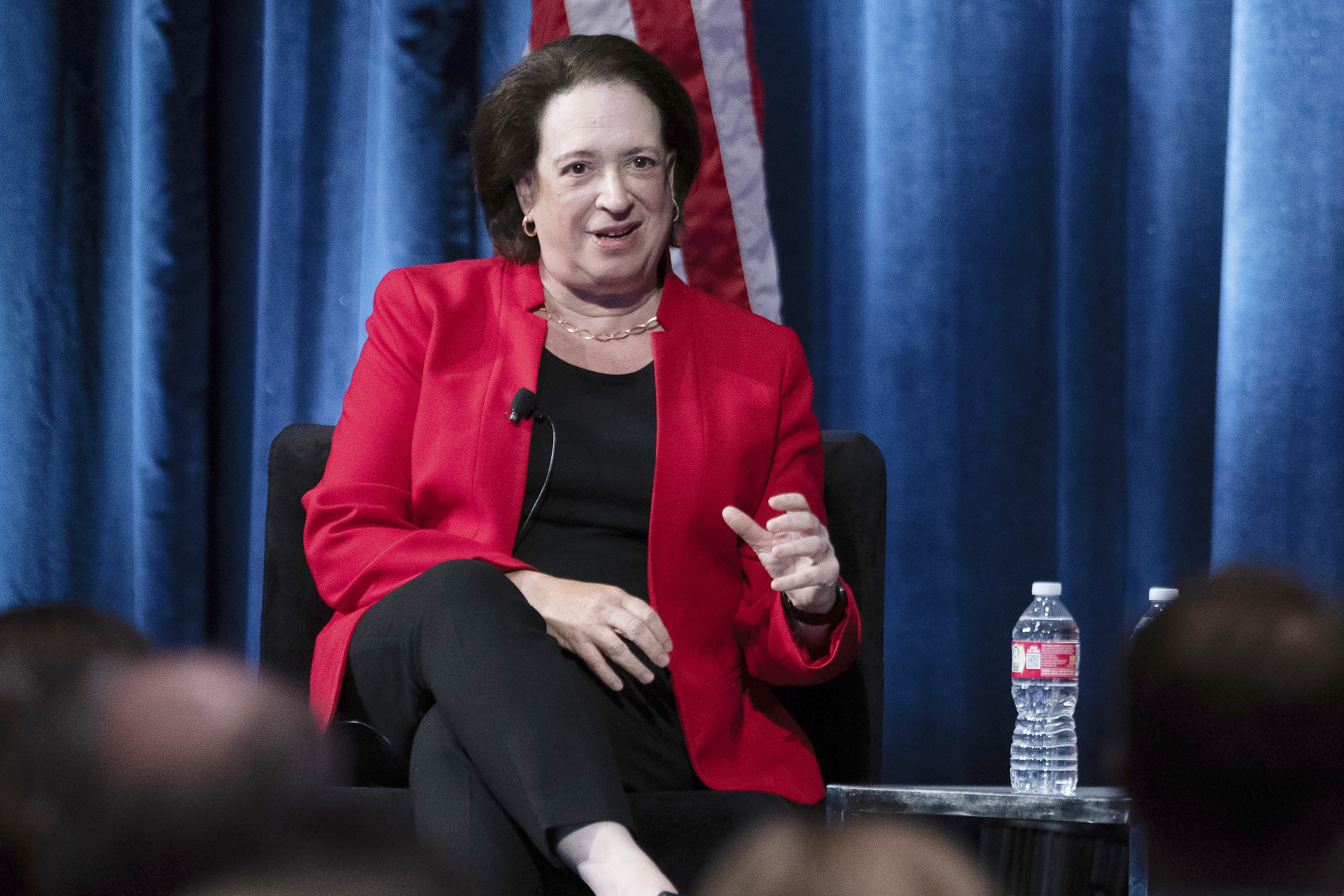Court Strikes Down Integration Plans
Updated: In perhaps the most-anticipated ruling of the term, the U.S. Supreme Court stepped back into the debate over affirmative action, ruling in a 5-4 decision that two public schools improperly used race as a factor in school assignments, SCOTUSblog reports.
The schools have “failed to provide the necessary support for the proposition that there is no other way than individual racial classifications to avoid racial isolation in their school districts,” Chief Justice John G. Roberts wrote in his majority opinion. Roberts noted that neither school is under a court order to desegregate.
Justice Anthony M. Kennedy wrote a concurring opinion that said ending racial isolation may sometimes provide a compelling interest that justifies consideration of race as “one component” of a diversity plan. His opinion left a major part of Roberts’ ruling with only four votes, the Wall Street Journal (sub. req.) reports.
“The decision today should not prevent school districts from continuing the important work of bringing together students of different racial, ethnic and economic backgrounds,” Kennedy said.
The Associated Press reports the decision could imperil similar plans in hundreds of school districts.
The two public school districts, in Seattle and Louisville, Ky., had tried to promote racial diversity by capping the number of white or minority children who could attend certain schools, the ABA Journal reports in its December 2006 article “Ever True to Brown?”
Parents sued after their children were denied spots in premier schools, claiming the policies are unconstitutional under the 14th Amendment’s equal protection clause.
In 2005 the U.S. Supreme Court addressed the issue of affirmative action in higher education, ruling in Grutter v. Bollinger, 539 U.S. 244, that state colleges could use race as a factor in admissions decisions. Sandra Day O’Connor voted with the majority in the 5-4 case; her replacement was Justice Samuel A. Alito Jr.
Alito voted with the majority in the Seattle and Louisville cases.
Both sides cited the 1954 landmark school desegregation ruling, Brown v. Board of Education, in court briefs.
Roberts said in his opinion that the court was remaining faithful to Brown by barring school assignments made on the basis of race. He distinguished Grutter, saying the Louisville and Seattle school districts had not considered race as just one factor in admissions decisions. Rather, for some students race was determinative.
But Justice Stephen Breyer said in a dissent that the majority was undermining Brown. “It distorts precedent, it misapplies the relevant constitutional principles, it announces legal rules that will obstruct efforts by state and local governments to deal effectively with the growing resegregation of public schools,” he wrote.
U.S. Solicitor General Paul Clement had filed briefs asking the court to strike down the racial balancing policies.
The rulings are Parents Involved in Community Schools v. Seattle School District #1, No. 05-0908 (PDF posted by SCOTUSblog), and Meredith v. Jefferson County Board of Education, No. 05-0915.



